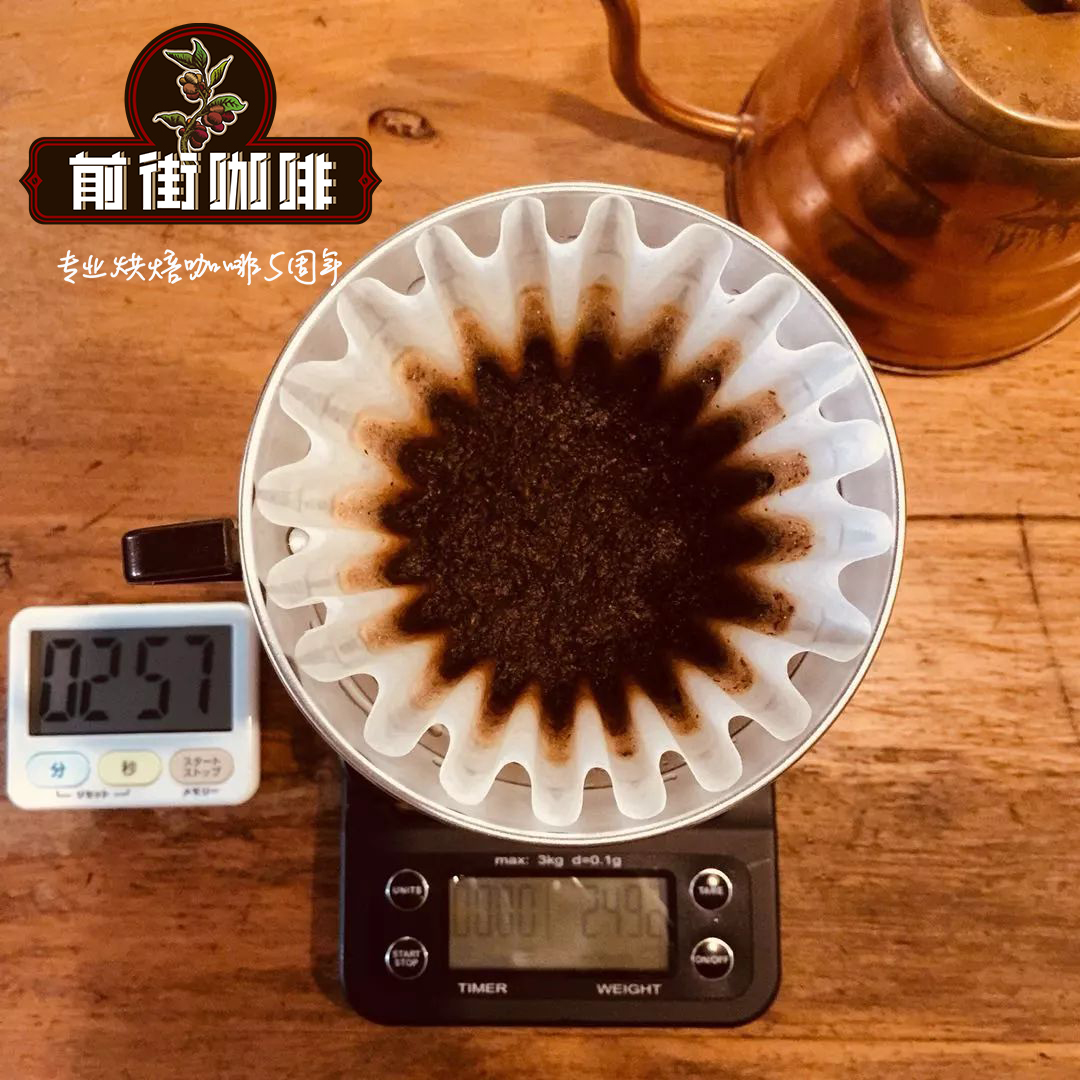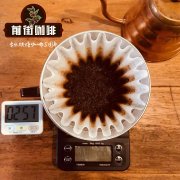How are Arabica coffee beans? where does the aroma of first-class coffee come from?

Professional coffee knowledge exchange more coffee bean information please follow the coffee workshop (Wechat official account cafe_style)
Qianjie-A brief introduction to Arabica varieties and aroma
Arabica
South America (except parts of Argentina and Brazil), Central American countries, Africa (Kenya, Ethiopia, mainly East Africa), Asia (including parts of Yemen, India, Papua New Guinea), China's Yunnan, Hainan and Taiwan also grow a small amount of Arabica coffee beans.
South America (except parts of Argentina and Brazil), Central American countries, Africa (Kenya, Ethiopia, mainly East Africa), Asia (including parts of Yemen, India, Papua New Guinea), China's Yunnan, Hainan and Taiwan also grow a small amount of Arabica coffee beans.
Growing coffee beans grow at colder high altitudes in the tropics (600 to 2000 meters above sea level), and are hardy, with a suitable growth temperature of 15 ℃ 24 m; higher humidity, annual rainfall of no less than 1500 ml, proper sunshine conditions and shade, "Arabica" coffee species are less resistant to diseases and insect pests and are vulnerable to damage. In addition, the annual output of coffee trees per unit area is also lower.
Currently, "Arabica" coffee accounts for 75% of the world's coffee production, and of these "Arabica" coffee production, only 10% of Arabica coffee quality can be classified as "boutique coffee (Specialty Coffee)."
Coffee beans are made up of hundreds of compounds produced during roasting. The state of some substances is so stable that no other changes will occur except that they are lost by evaporation during preservation. However, this part of the compounds do not contribute much to the aroma quality. the problem is that the trace components that have a great influence on the aroma are unstable and oxidizable substances, which will be lost due to volatilization after baking. it is also easy to disappear after combining with substances such as melanin.
If the aroma substance is to evaporate, it must be detached from the cellular structure of the coffee bean. If the aroma located in the center of the coffee bean is to escape from the outside, it must pass through the cell walls of countless cells. Assuming that the size of the cell is 20 μ m, it needs to pass through the cell wall 100 times to pass through 2 times. Therefore, the aroma loss of the ground coffee beans is very serious, the smaller the particles are, the faster the detachment speed is, and the coffee after grinding is not well preserved. As long as it is exposed for a few hours, the aroma will disappear, and there will be a rotten smell because of oxidation.
Knowledge expansion: caffeine accounts for 0.9% Mel 1.4% in Arabica: Carneflari usually accounts for 2%, more than 3% in more cases
In short: Qianjie is a coffee research hall, happy to share the knowledge about coffee with you, we share unreservedly just to make more friends fall in love with coffee, and there will be three low-discount coffee activities every month. The reason is that Qianjie wants to make more friends drink the best coffee at the lowest price, which has been Qianjie's tenet for 6 years!
END
Important Notice :
前街咖啡 FrontStreet Coffee has moved to new addredd:
FrontStreet Coffee Address: 315,Donghua East Road,GuangZhou
Tel:020 38364473
- Prev

What are the characteristics of Arabica coffee beans? what does the protein content of Arabica coffee beans determine?
Professional coffee knowledge exchange more coffee bean information please follow the coffee workshop (Wechat official account cafe_style) front street-Arabica varieties, protein composition introduction Arabica coffee beans and Robusta coffee beans planting environment is very different, Arabica is more suitable for growing in the hills and mountains above 2000 meters, Robsta is planted at 600m
- Next

Comparison between Arabica Coffee Bean and Luodou A brief introduction to the Source of aroma of Coffee Bean
Professional coffee knowledge exchange more coffee bean information please follow the coffee workshop (Wechat official account cafe_style) front street-the difference between Arabica coffee beans and Luodou, coffee bean aroma sources introduction 1. Different environmental conditions for planting coffee trees in Arabica are suitable for planting in mountainous environments with elevations of 600-2200 meters, temperatures of 15-24 C and annual rainfall of 1200-2200 mm.
Related
- Beginners will see the "Coffee pull flower" guide!
- What is the difference between ice blog purified milk and ordinary milk coffee?
- Why is the Philippines the largest producer of crops in Liberia?
- For coffee extraction, should the fine powder be retained?
- How does extracted espresso fill pressed powder? How much strength does it take to press the powder?
- How to make jasmine cold extract coffee? Is the jasmine + latte good?
- Will this little toy really make the coffee taste better? How does Lily Drip affect coffee extraction?
- Will the action of slapping the filter cup also affect coffee extraction?
- What's the difference between powder-to-water ratio and powder-to-liquid ratio?
- What is the Ethiopian local species? What does it have to do with Heirloom native species?

